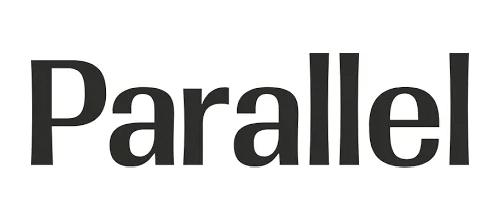
Most of us remember the times when we felt accepted and included.
Indeed, the need to belong is a fundamental human need that supports our survival as a species through the comfort and sense of self-assurance provided by our membership in groups. Essentially, our sense of belonging significantly impacts how we feel, think, and behave. If we feel part of a group, we tend to be motivated to do more and achieve. In contrast, the feeling of not being valued and seen can distort our sense of who we are, undermining our self-esteem and even our self-efficacy.
Apart from its impact on our self-worth, the feeling of being excluded can also affect our performance at work, restricting our willingness to communicate, collaborate, engage, and contribute.
5 Ways to Build an Inclusive Workplace

As HR professionals, what can you do to support those who feel excluded in the workplace and prevent the phenomenon from emerging in the first place? This post will discuss ways to foster diversity, equity, and inclusion (DEI) and address inequality in the workplace.
Assess your organization’s current DEI efforts

The first step to creating an inclusive workplace is to take a step back and understand your organization’s current DEI climate. Assess the existing cultural norms in your organization, then outline the expectations of the members.
Are there any cultural tensions in the organization? If yes, what are they? Also, check where your leaders stand on the matter. Are they doing something about it? What are their aspirations and social skepticisms?
Your answers can guide you in identifying your organization’s strengths and weaknesses in fostering inclusion in the workplace. In particular, it can provide context as to what steps you should take to address your organization’s weak points while strengthening existing proactive approaches.
Provide culture training

Conducting culture training helps members become more aware of their unconscious biases and other barriers to diversity. It likewise motivates positive attitudes and behaviors, which are essential to creating and maintaining an inclusive workplace.
As such, it helps to educate the organizational members on cultural diversity, stressing the concept of cultural relativism. This theory holds that no particular culture is superior to others. By reminding the group of the essence of tolerance, you enable them to adopt a perspective grounded on respect and acceptance.
Model inclusive behaviors
There is no better way to encourage diversity and equity than to lead by example. With this in mind, strive to demonstrate inclusive behaviors and show the rest of the members what it looks like to be inclusive. The simple acts of listening and acknowledging others’ ideas, thoughts, and feelings help forge personal connections, facilitating openness, tolerance, and ultimately acceptance.
Create opportunities for the team to get to know one another

Arranging group activities can help everyone in the organization get to know each other better. They don’t need to know every detail of others’ lives, but understanding their background shows that you care about them.
You can host a “potluck” where employees can share recipes from their respective ethnic origins. You can also add holidays from different religions to the company calendar and invite employees to share how they celebrate the occasions.
Alternatively, you can choose to schedule a regular “coffee break,” where you check in with the team and ask how they’re feeling. Create opportunities for everyone to know each other on a more personal level to encourage tolerance. In effect, you are alerted early on if a member is having a problem so you can address issues as promptly as possible.
Invest in DEI initiatives
Employee development, assistance, and counseling are a few DEI initiatives you can explore to further foster inclusivity. Likewise, you can develop policies that advance pay equity within your organization to eliminate racial disparities and mentoring arrangements to engage your multigenerational workforce towards effective collaboration. This helps promote diversity, resulting in better innovation, higher engagement, and increased creativity.
Celebrating Differences

The world is composed of people of diverse backgrounds. The varying cultures, perspectives, and experiences allow for a richer, more interesting, and fun collaboration. By embracing these differences, we can make everyone feel valued, seen, and heard. At the same time, it facilitates productivity and efficiency, boosting employee morale while helping create a more inclusive world.
Psst: Our newsletters are basically
HR cheat sheets, delivered to
your inbox
Find daily inspiration and get tips for your day
Network with us on LinkedIn
Love tips and the occasional freebie?
Like us on Facebook
On the count of 3,
get ready to
say cheese!
We’re on Instagram
The best 280 characters you’ll ever read
Follow us on Twitter
Watch demos, learn features and much more
Subscribe to our channel









